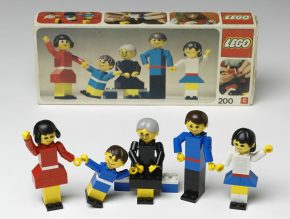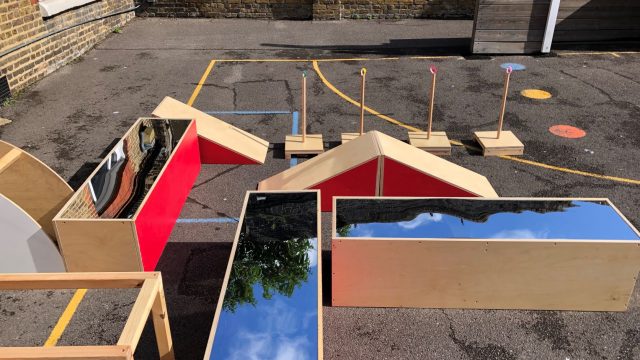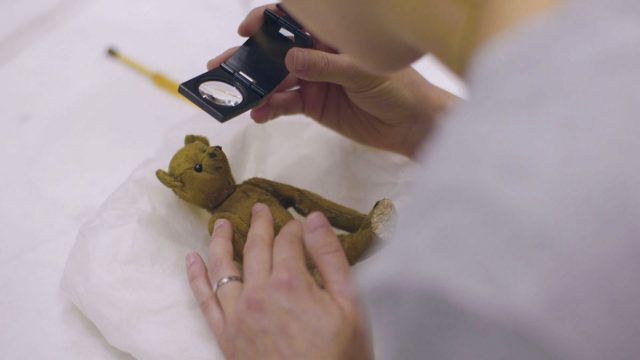
To celebrate the 60th anniversary of the invention of LEGO’s plastic bricks, the V&A Museum of Childhood’s Curatorial Assistant, Lauren vonBechmann, has been looking back at the history of this enduring and much-loved toy, here is her blog:
The LEGO Group began in 1932 in the Danish workshop of Ole Kirk Christiansen, a carpenter known for his wooden toys. The company’s name, which was conceived by Christiansen himself, comes from the Danish phrase leg godt, which translates to “play well.” Following the Second World War, plastics became more widely available and LEGO used the opportunity to shift their production to plastic toys. In 1949, in response to the British company Kiddicraft’s “Self-Locking Building Bricks”, LEGO made their own version called “Automatic Binding Bricks,” which would later be called LEGO Musten, or LEGO Bricks.
Initially, the plastic bricks were ill received as many customers were preferential to the wooden toys the company was known for. In addition to the material, the bricks were difficult to lock into place and had limited versatility. As the company developed, the blocks were improved by making larger hollow tubes for increased flexibility and tighter fastening. In 1960 a fire burned down the wooden toy division of LEGO, solidifying the switch to plastic. In 1964, shortly after the change from wooden to plastic toys, LEGO sets were introduced. These sets included parts and an instruction manual on how to build each set.
As the business began to expand beyond bricks, LEGO began creating sets that allowed children to build vehicles, furniture, or even “mini figures”. The introduction of the “mini figure” in 1978 added a new element to the sets, as the figure could serve as both a doll or become part of the set. The variety of sets also expanded as LEGO created everything from automobiles to robots. In an effort to target particular demographics, LEGO introduced a series of new and specialised ranges in the late 1990s. A BIONICLE range, which used LEGO Technic pieces and specialist mouldings, created action figures for boys, while Belville, made with brightly coloured bricks and large, posable figures, was aimed at girls.
The decline of sales in 2004 launched a new era for LEGO as the importance of play and innovation became a priority. The shift back to its core products and the reintroduction of Duplo, a larger and safer brick system for children under five, proved to be the invigoration that the company needed. In addition to these changes, a more “commercially oriented” approach was taken by the company. In 2012, The LEGO Movie, a computer-animated film about a LEGO “mini figure”, became an international success, launching other movies to follow its success. Today LEGO products are sold in more than 140 countries with over 19 billion elements being produced every year!


